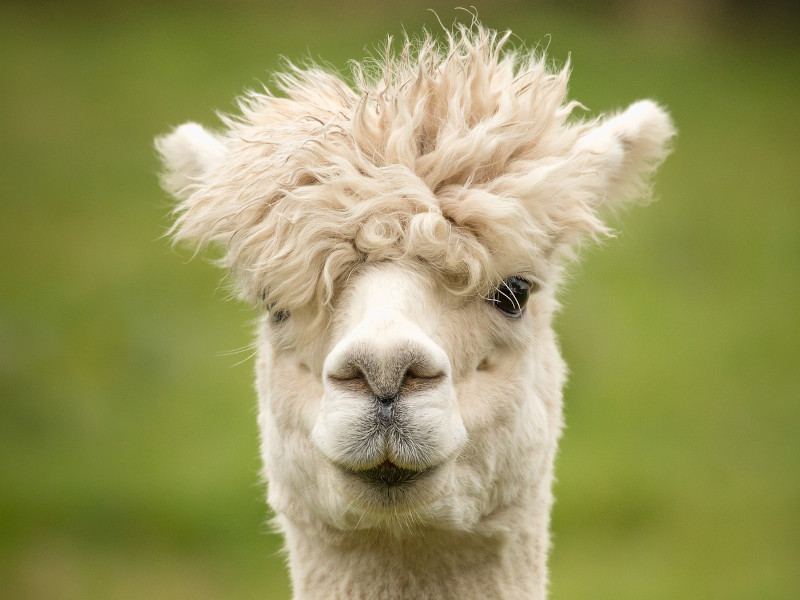Earth is the planet on which all known forms of life occur. But how old is the Earth?
Frankfurt – Earth is home to all previously known forms of life, and thanks to light, water, heat and many other things important for living organisms, it ensures that people, animals and plants feel comfortable on the blue planet. But how old is the planet on which all forms of life live, in fact?
Before looking at the age of the Earth, you need to step back and look at the Sun. It is in the center of the solar system and only after its “birth” can the Earth and other planets form. 4.568 billion years ago a nebula collapsed in space – the Sun was formed. The remaining material from the nebula swirled around the young Sun in what is called the protoplanetary disk. Over time, planets and other celestial bodies in our solar system formed from this gas and dust grains.
Earth has not always been a habitable blue planet
When the planets formed, another turbulent phase began in the solar system: the remaining young planets (planetary progenitors) crashed onto planets or were expelled into the outer regions of the solar system. Comets and asteroids formed.
But the Earth, which was formed 4.54 billion years ago, was not initially the habitable blue planet we know. At first, you probably wouldn’t have recognized it at all: it wasn’t yet spherical and wasn’t so much covered in water. The seas were missing and the moon, which gives stability to the earth, was not yet there. Life was not possible on early Earth: it was very hot there, there were seas of lava, and rocks were constantly hitting the planet, causing more heat.
The moon formed a few million years after the Earth
The spherical shape only evolved over time and the moon didn’t evolve either until a few million years after the Earth’s formation. According to the popular theory, a celestial body the size of Mars called Theia collided with the Earth. During the oblique collision, much of the Earth’s mantle was thrown into space – this earlier part of the Earth gave rise to the Moon, which has been orbiting the Earth since then, among other things, stabilizing its climate and seasons.
The Moon is also responsible for the fact that the Earth’s rotation has slowed down since the formation of the Earth. We now know a lot about the Earth, including how it was built from the inside. But to this day it is not yet possible to say with certainty how the water got to the Earth. Asteroids and comets are suspected, which could have brought water to Earth during the collision. But a new theory shows that water could also have formed during Earth’s formation. (unpaid bill)

“Total coffee aficionado. Travel buff. Music ninja. Bacon nerd. Beeraholic.”







More Stories
More precision in nuclear fusion: ALPACA increases efficiency
WASP-43b: An exoplanet with clouds of liquid rock
€2 million – The renovation of the Neurology Department in Amstetten has been completed